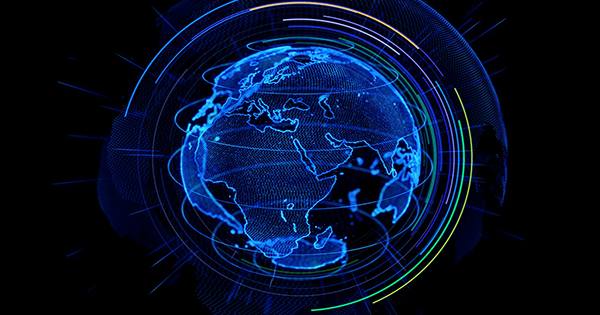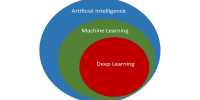EU scientists have launched a new program to model future climate trends and create a digital simulation around the world to prepare for potential catastrophic events. The project, called Destination Earth, is a final ambitious effort to support efforts to become carbon neutral by 2050 and expected for the next 10 years. “Destination Earth (Destiny) will contribute to the European Commission’s Green Deal and Digital Strategy,” the press release said.
“It will unlock the possibilities of digital modeling of global phenomena and related events such as climate change, water / marine environment, polar regions and Christopher, etc., to accelerate global green migration and unlock support plans for adults.” To create the Earth’s digital twins, scientists will use supercomputers and cloud-based systems to pull a considerable amount of energy. Because Destiny such a challenge? There a dearth of computers in the world today, that has the raw modeling power to host any model on Earth at a resolution of 1 km (0.6 miles). Thus, the EU is joining the digital race (called Excel Computer) with the world’s leading superpowers to develop computers capable of counting more than one billion per second. This will largely supported by €8 billion investments in supercomputers, which paid in September 2020.
The development of this supercomputer will coincide with the creation of Destiny, which will built on existing supercomputers that will be effective in 2021 as part of the European Digital Strategy. As it develops gradually, the model will provided with information on Earth observations and human activities around it, creating a bank of information that is constantly changing. Using it, researchers will be able to run future simulations with specific parameters that will greatly help in the fight against climate change. It hoped that policy makers would be able to choose the best path that can run in simulations to determine their effects before applying environmental policies.
It will be able to “help plan and execute action in the event of hurricanes and other extreme weather events” to reduce their impact on the surrounding human population. Even on a smaller scale, digital twins may be able to help a person plan an excellent weekend. “If you are planning a two-meter high deck in the Netherlands, for example, I can continue my digital twin data and test whether the possibility will probably protect against the extreme events expected in 2050.” Peter Bauer, deputy director of research at the European Center for Medium-Range Weather Forecasting and co-founder of Destiny, said in an interview with ETH Zurich.














